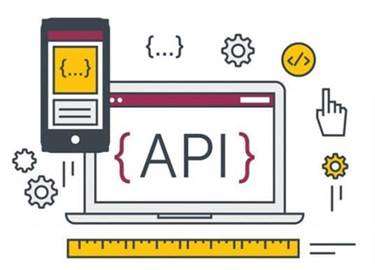Content
Collaboration between team members and project stakeholders is critical. Agile also aids in reducing technical debt, increasing customer happiness, and producing a higher-quality product in less time. Quality Assurance has always been a critical component of software development progress. There can’t be a software development team without at least one Quality Assurance analyst . Self-starter who can manage their workload and communicate effectively with the development team, product owners, end users and other stakeholders.

Agile testing has become a critical part of application lifecycles and has had a significant impact on software development, testing and quality assurance. It has also gained widespread acceptance as a crucial driver for the delivery of high-quality products. In this article, we take a deep dive into the world of Agile testing to better understand how it works and how it can help you. Most companies have made the shift from the traditional waterfall development methodology to an agile process. Agile testing introduces QA into the project as early as possible to foresee issues, write and execute test cases, and uncover any gaps in requirements.
Test Case Design: a Guide for QA Engineers With Examples
So, instead of waiting for development to be finished before testing begins. As new features are available, the testing will continue. Early and constantly testing will allow the QA engineers to find errors/bugs faster. The Agile technique is a project management approach that breaks a project into stages. It necessitates constant stakeholder contact and development at each phase.
- Since agile testing is done in parallel to development, automation becomes critical.
- Lesson’s learned from the previous projects can be used by the quality assurance team to analyze and improve the process for future initiatives.
- But don’t spend too much time filling out forms, tickets, or any other unnecessary work.
- In fact, we’re not even sure if traditional QA has a place.
- Agile procedures the high desirable in the quickly changing software life cycle due to new techniques and concepts that enable a team to produce a product in a short amount of time.
- She’s currently focused on design practices that the whole team can own, understand, and evolve over time.
Look for streamlined ways you can execute tests and then clearly communicate the defect to the development team without much overhead. If your goal includes working software, look for ways of rethinking your approach. This is your opportunity to look into test automation tools that will make your testing more efficient, repeatable, and easier to track. When this comes to Agile, the first and most important goal is to provide Customer Satisfaction.
What is Agile Testing? Methodology, Process & Life Cycle
The emphasis Agile testing places on people can also be its downfall. If Agile testers are excluded from the team that they need to be closely integrated with, they are rendered useless. If a single skilled Agile tester leaves, it can prove to be a major setback for the development of the product. No one is as successful at meeting their goal as when they enjoy what they are doing. Agile testers who enjoy the work are able to deliver the greatest possible value to the customer. Agile testers are collaborative, preferring human interaction to technology.
What are the 6 scrum principles?
- Control over the empirical process. In Scrum, the empirical process is based on observation of hard evidence and experimentation rather than theory.
- Self-organization.
- Collaboration.
- Value-based prioritization.
- Time-boxing.
- Iterative development.
Choosing the right tool will depend on the requirements of each team. Pairing up with other Agile Lifecycle Development Tools, Agile testing tools can deliver effective results by coexisting in integrated environments. Such is the case for Atlassian Marketplace and Microsoft Visual Studio. One of the Agile principles is ‘continuous feedback.’ The doctrine of starting testing concurrently with development means that bugs can be eliminated soon after they are created. Each iteration of the product is thoroughly tested and debugged as it’s created, rather than waiting until it’s finished. Testing also involves every member of the development team, so the skills of both developers and testers are leveraged in the pursuit of a perfect product.
Requirements/Skills
Sprinkle in as much automation as you can so that when change happens, you’re ready. Overall, your relationship with your customers should look like a partnership, not a criminal case.
For testing, that means performing only those tests that are necessary, and all tests that are necessary. For the product, that means delivering the simplest possible product that delivers the most possible value. With this method, the next step does not begin until the previous step has been fully completed, which means the testing team doesn’t receive the product until late in the development cycle.
We believe each user story in the backlog requires both feature code and automated test code. Although some teams assign the developers the feature code while the test team takes on automated testing, we find it’s more effective to have a single engineer deliver the complete set.











